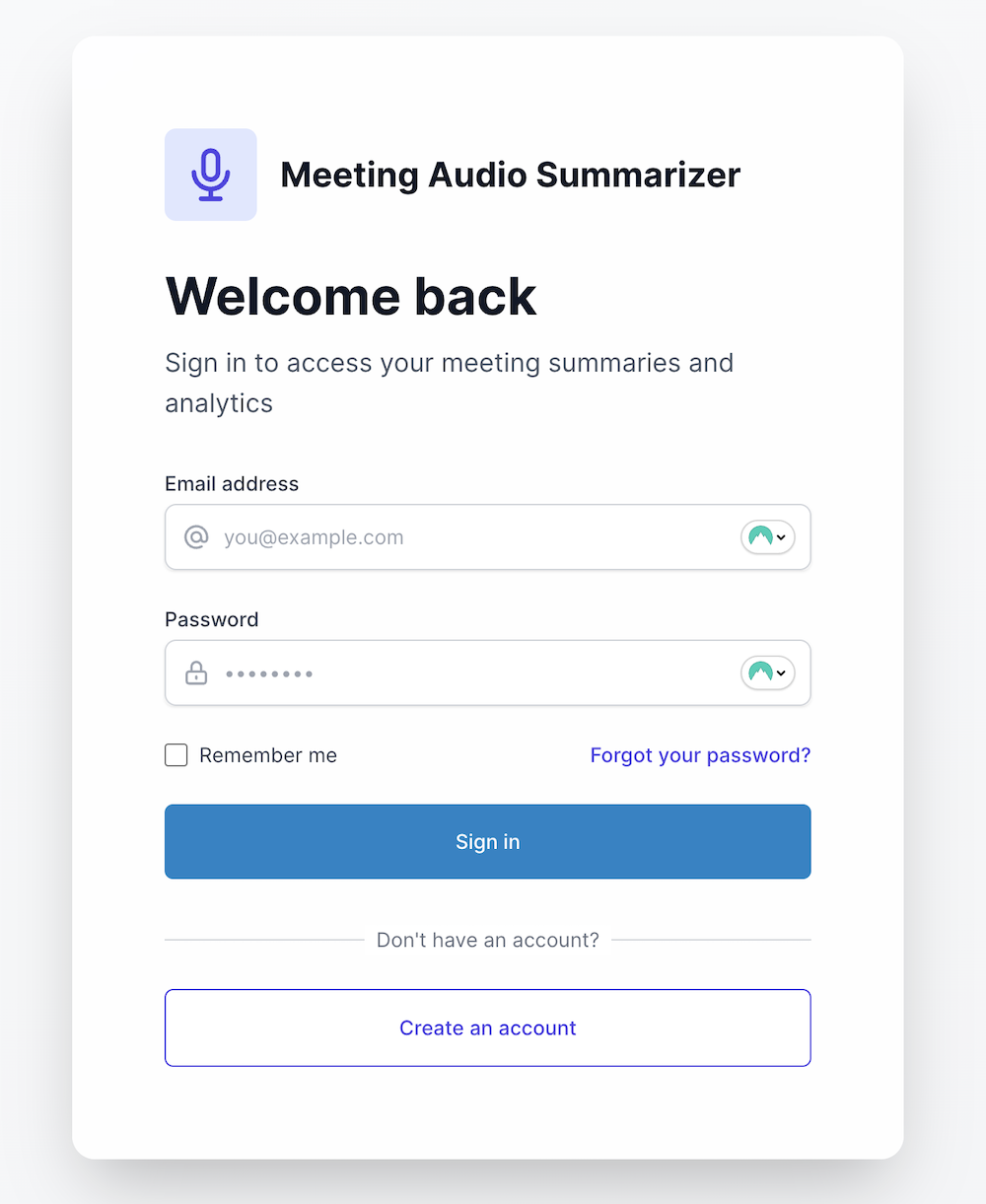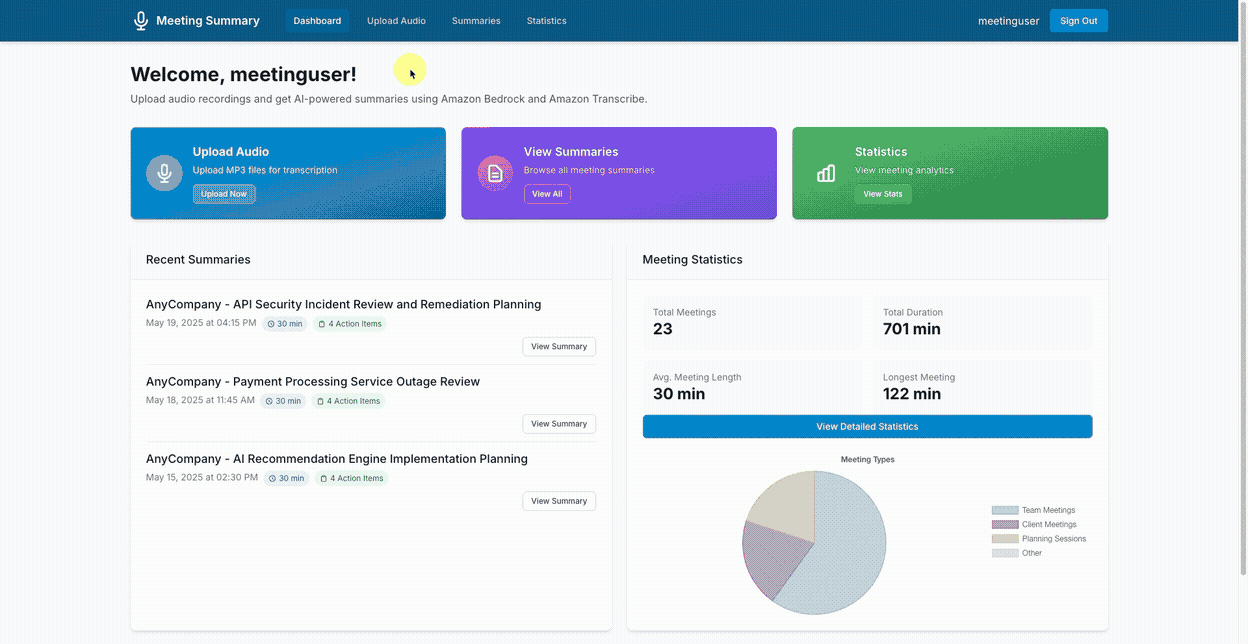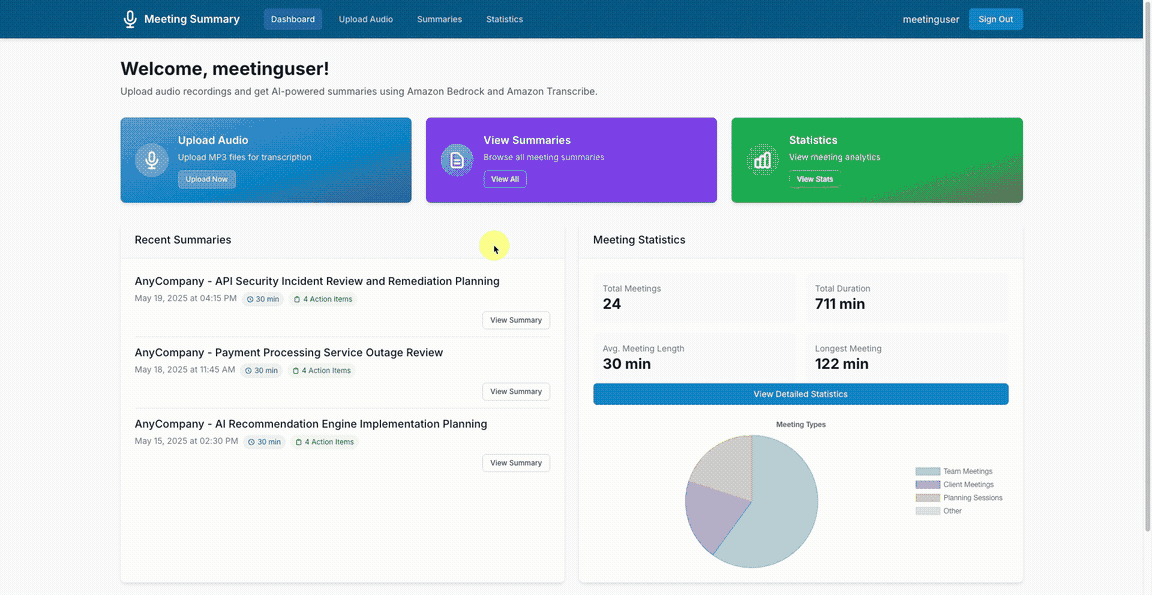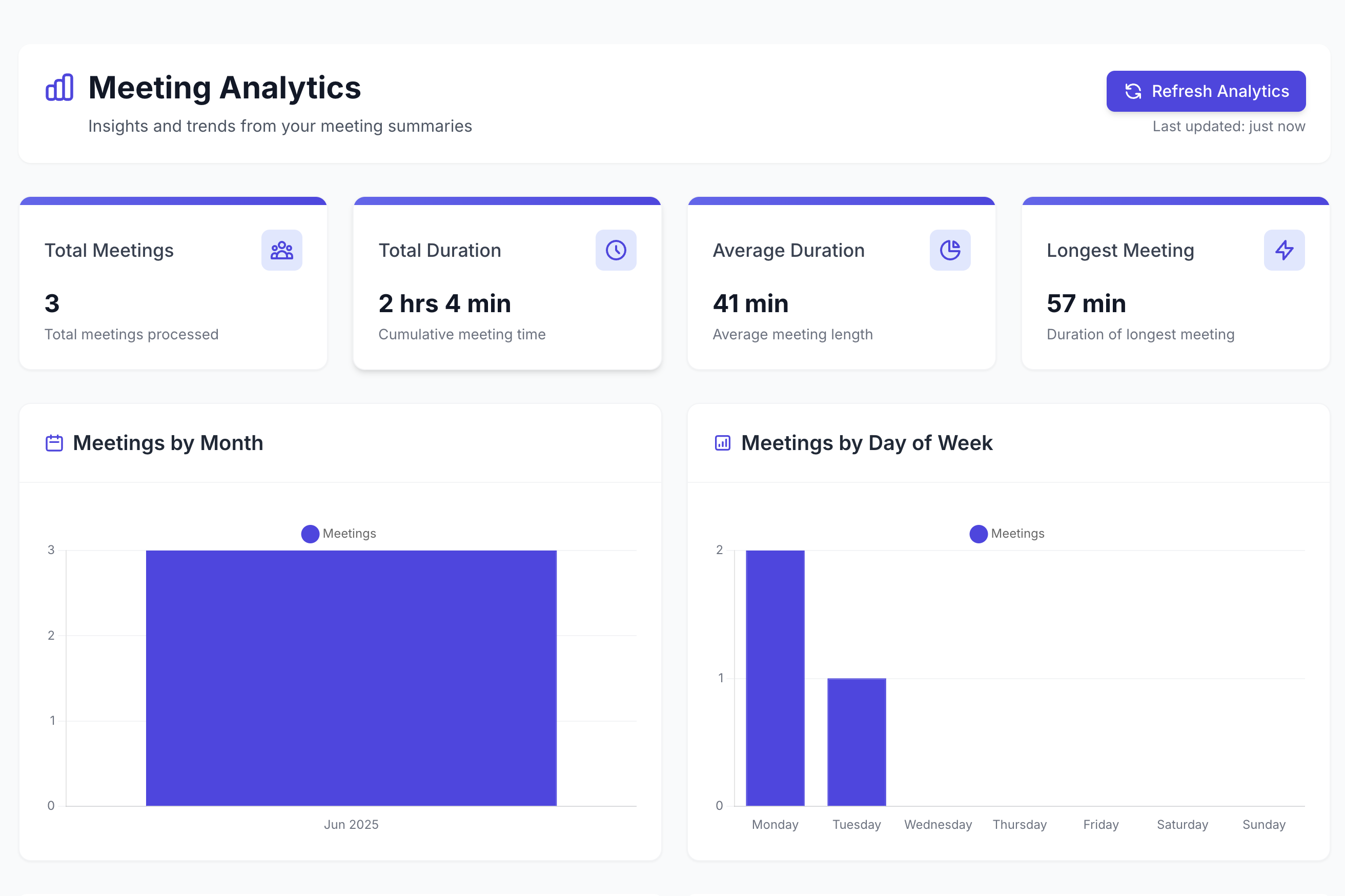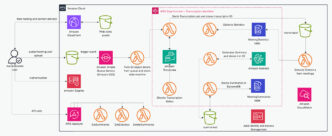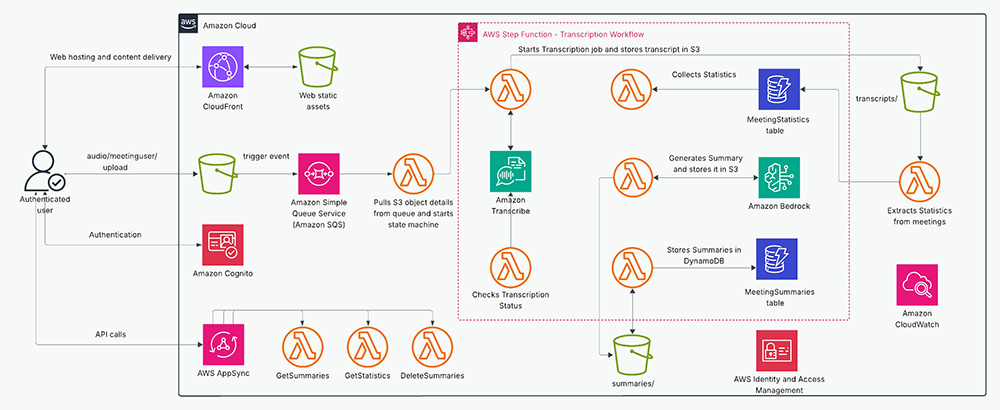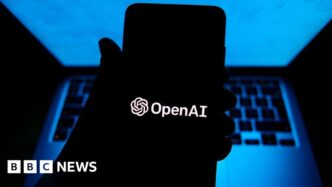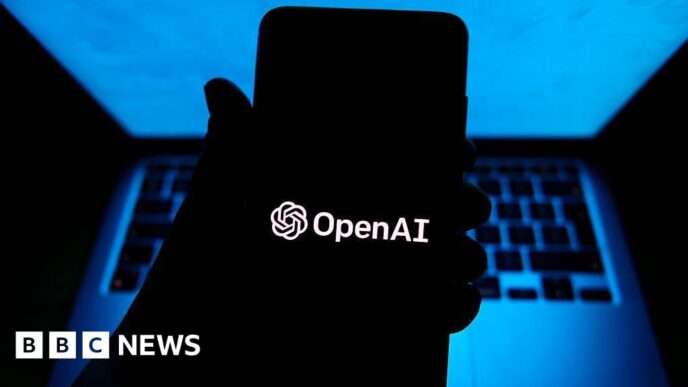Amazon Web Services rolls out serverless meeting summarizer powered by Bedrock and Transcribe
AWS launched a new serverless system to automatically transcribe and summarize meeting audio. The solution uses Amazon Bedrock’s foundation models—specifically Anthropic’s Claude 3.7—to generate detailed, structured summaries from raw transcripts. Amazon Transcribe handles speech-to-text conversion with high accuracy.
Users upload audio through a React-based frontend secured by Amazon Cognito. Audio files go into S3, triggering Lambda functions and Step Functions workflows that process transcription and AI summarization. Results save to DynamoDB and S3 for easy retrieval and search. The entire backend is deployed via Terraform to fit enterprise infrastructure-as-code needs.
Key benefits include no infrastructure management, automatic scaling, event-driven processing, and cost efficiency through pay-as-you-go pricing. Summaries contain stakeholder info, context, objectives, key points, and action items—all formatted with strict prompt instructions to avoid markdown and ensure clarity.
Cost estimates for 50 hours of monthly audio run around $98, mostly from Amazon Transcribe and AppSync API queries. AWS highlights future plans to integrate Amazon Sonic Model for better transcription accuracy, real-time processing, and analytics to track meeting trends over time.
Here’s how the process flows:
- Users upload audio to a CloudFront-distributed React frontend.
- Cognito manages auth.
- S3 upload triggers SQS queue.
- Lambda initiates Step Functions workflow.
- Transcribe turns speech to text.
- Claude generates a comprehensive meeting summary.
- Data stored in DynamoDB and S3.
- Frontend lets users search summaries and view stats.
This solution targets enterprises that want to cut meeting follow-up time and improve knowledge sharing without adding infrastructure or heavy DevOps overhead. AWS Spin includes a detailed GitHub repo with Terraform and frontend code for quick deployment.
Screenshots show login UI, file upload in action, annotated summaries, and meeting stats dashboards.
AWS Solutions Architects Dunieski Otano, Joel Asante, and Ezzel Mohammed authored the release.
"Even if it is a raw transcript of a meeting discussion, lacking clear structure and context and containing multiple speakers, incomplete sentences, and tangential topics, PLEASE PROVIDE a clear and thorough analysis as detailed as possible of this conversation. DO NOT miss any information. CAPTURE as much information as possible. Use bullet points instead of dashes in your summary."
"IMPORTANT: For ALL section headers, use plain text with NO markdown formatting (no #, ##, *, or symbols). Each section header should be in ALL CAPS followed by a colon."
"CRITICAL INSTRUCTION: DO NOT use any markdown formatting symbols like #, ##, *, or in your response, especially for the TITLE section."
The launch follows growing enterprise demand for automated meeting intelligence tools with strict security and compliance.
More details on deploying and configuring are available at the AWS sample GitHub repository.
